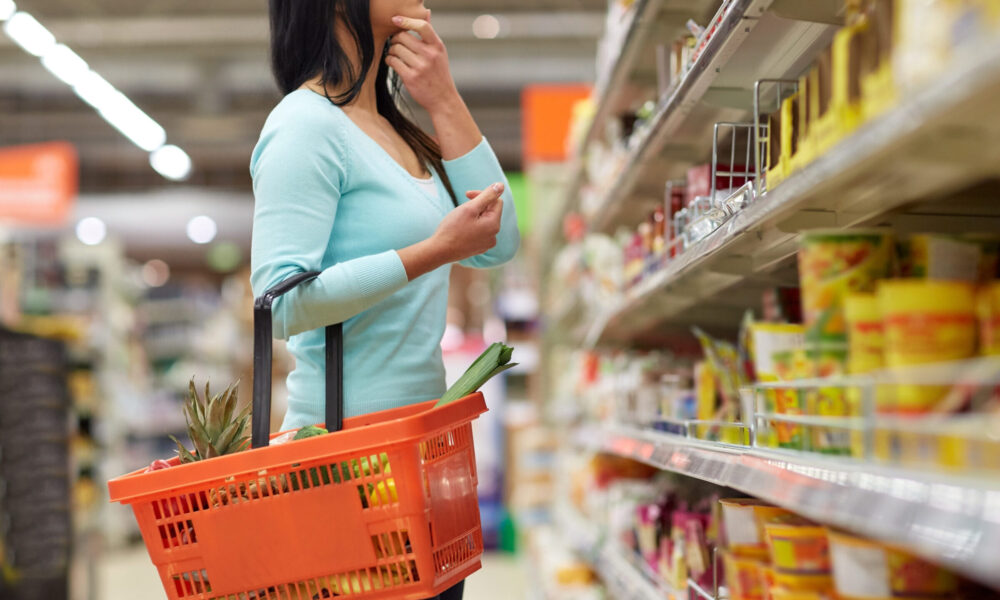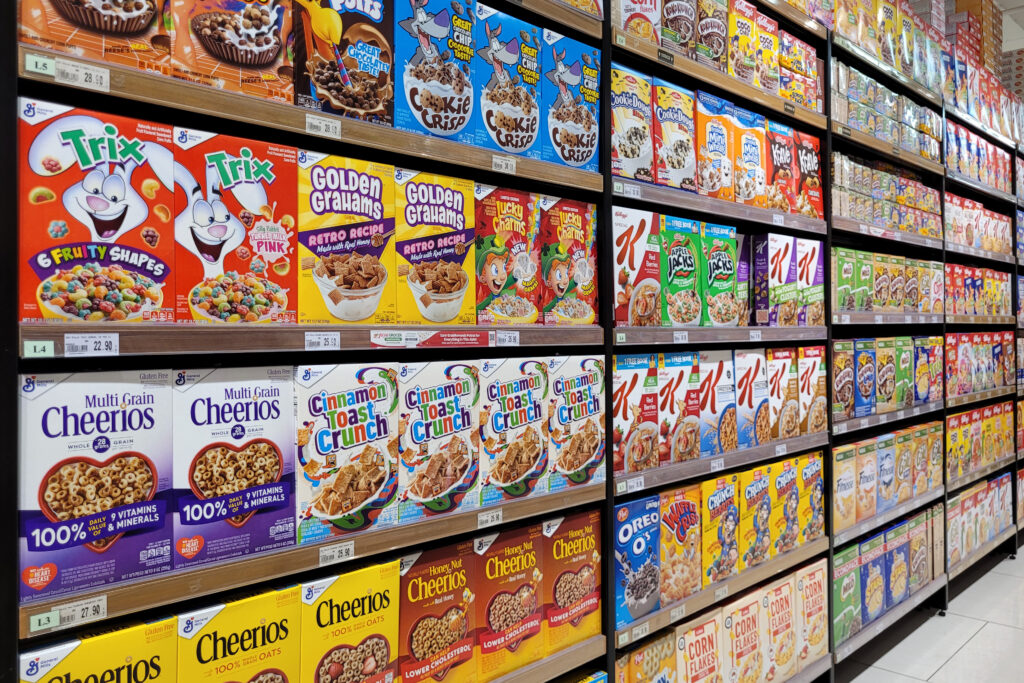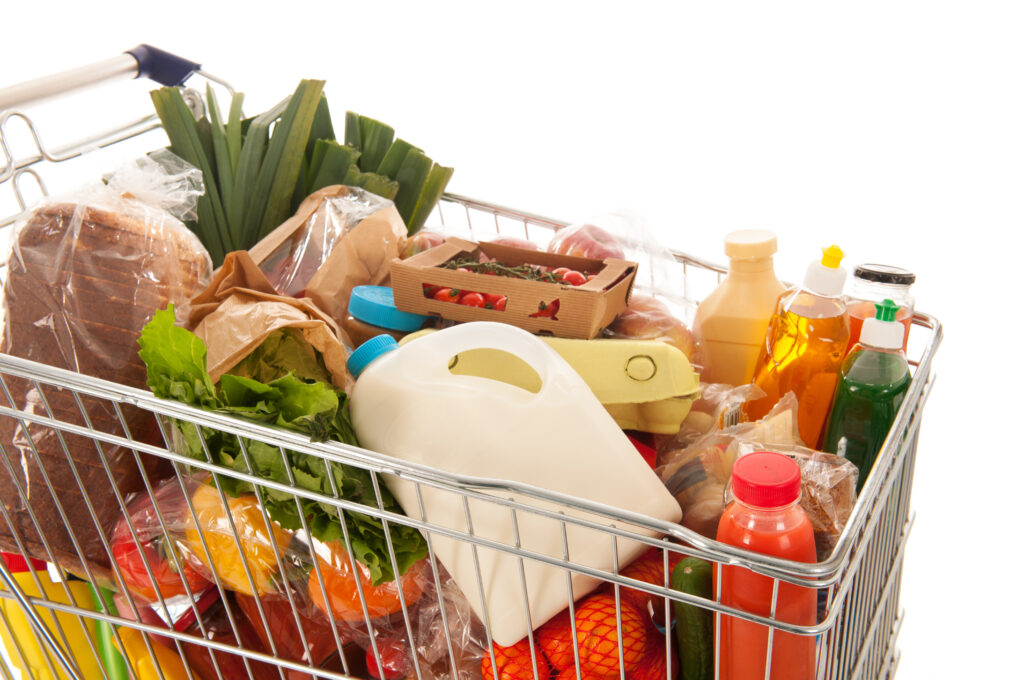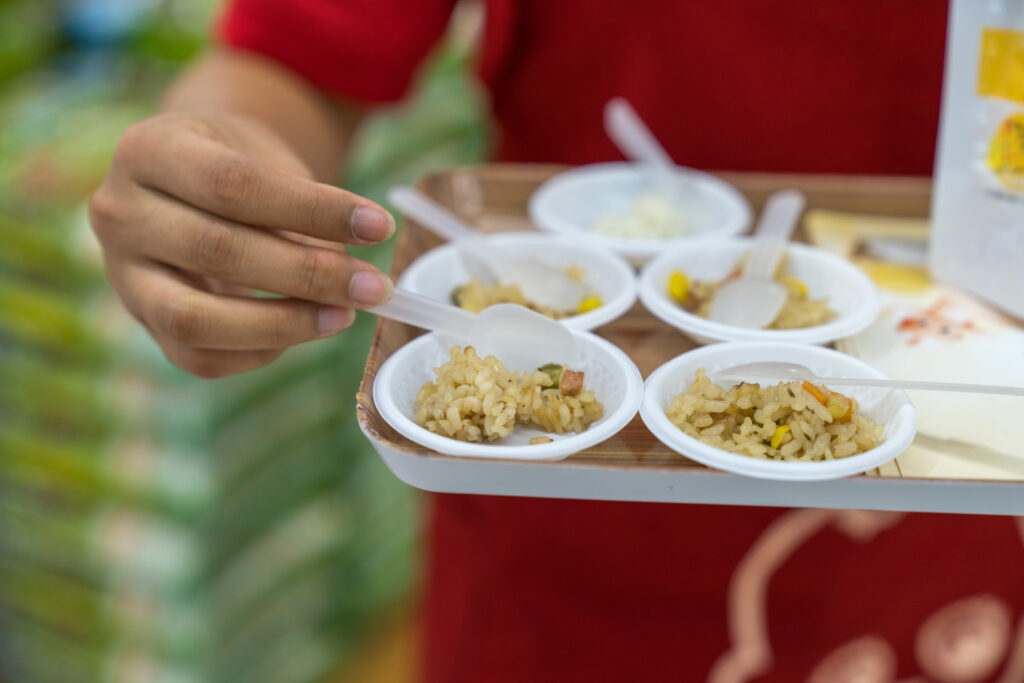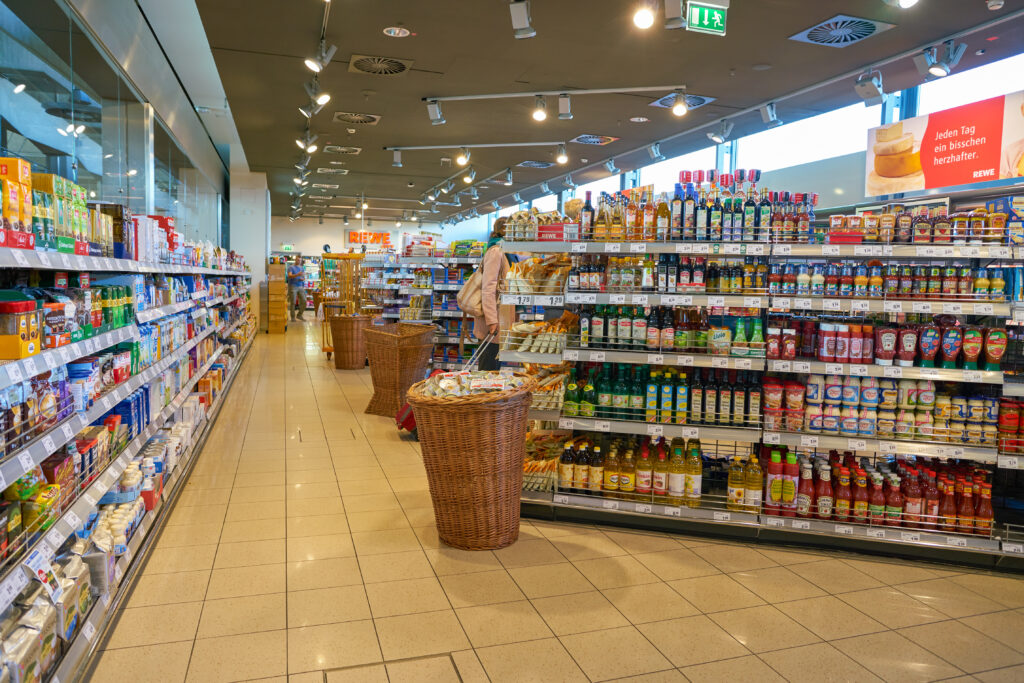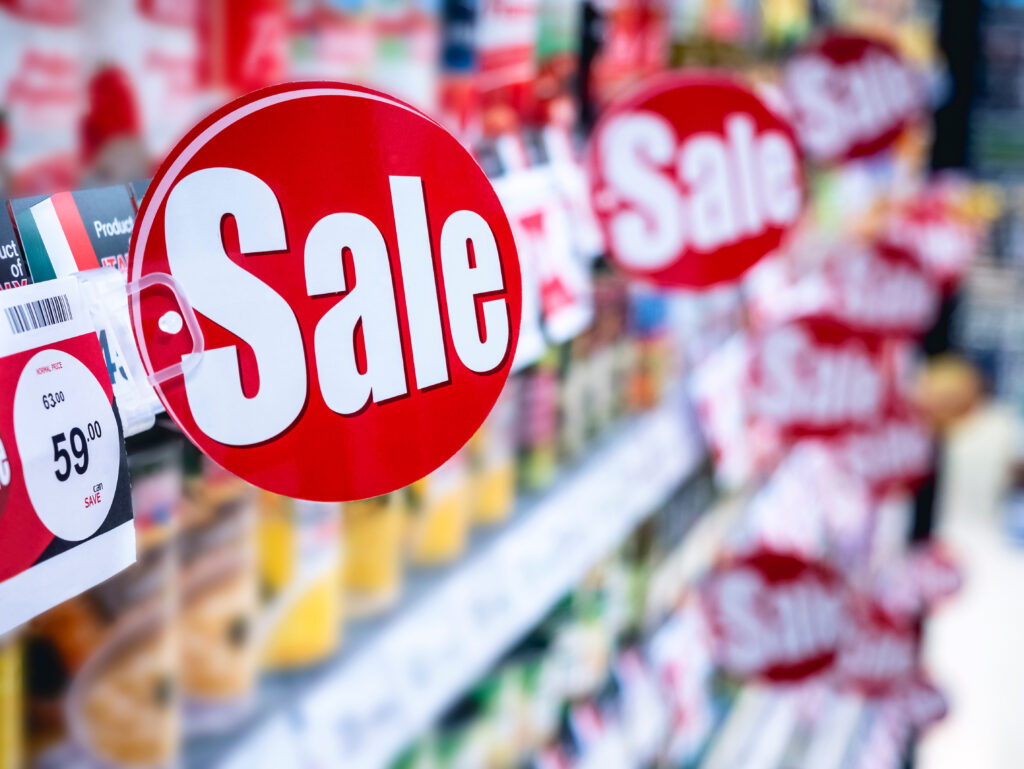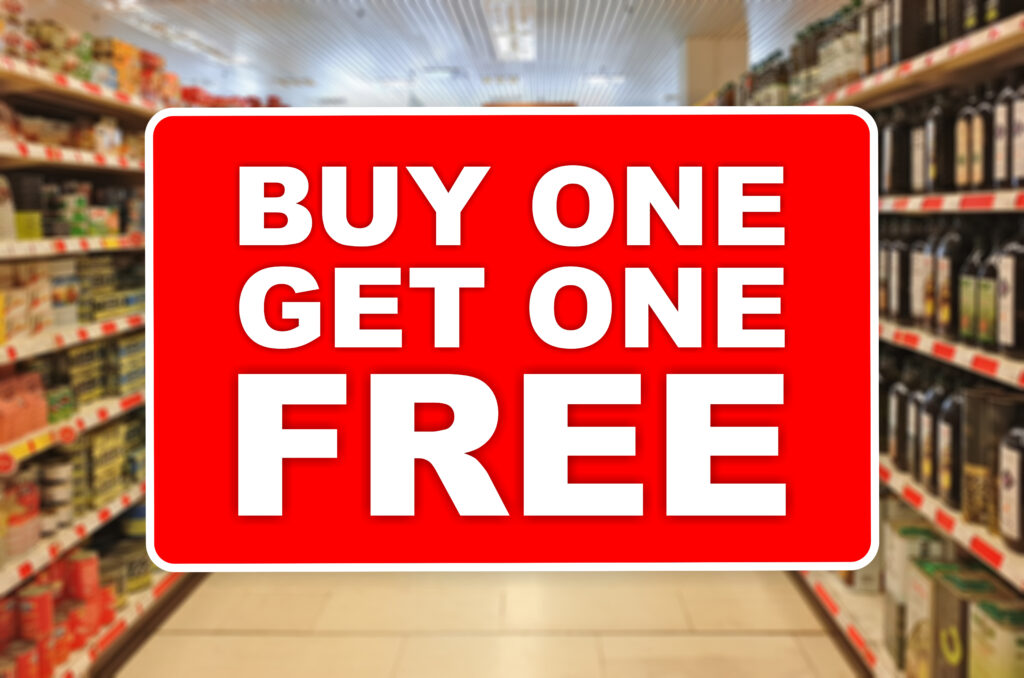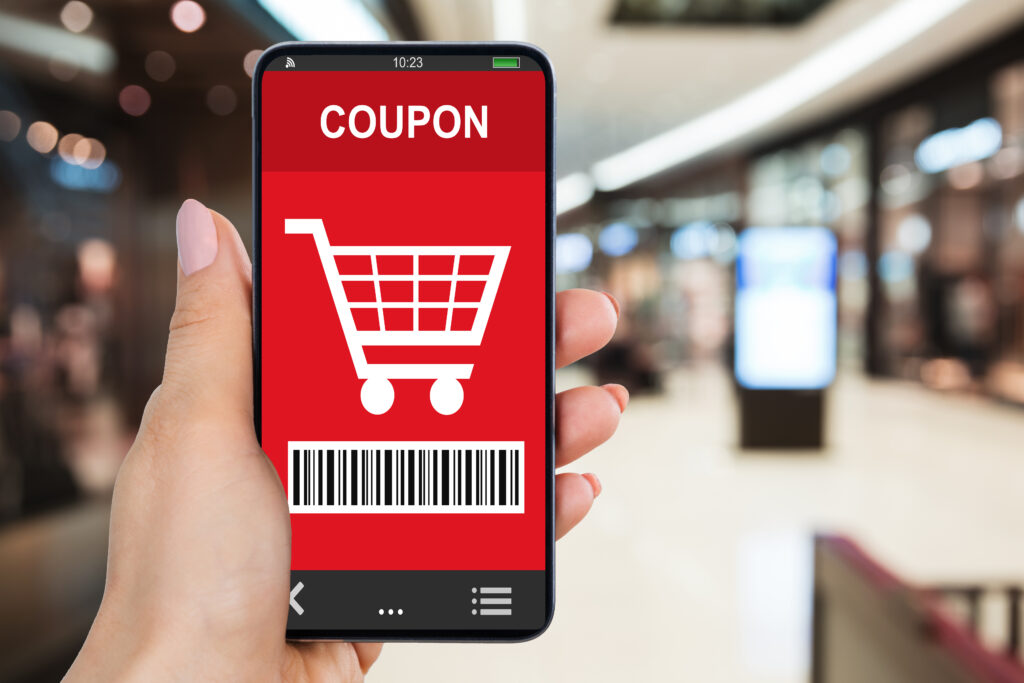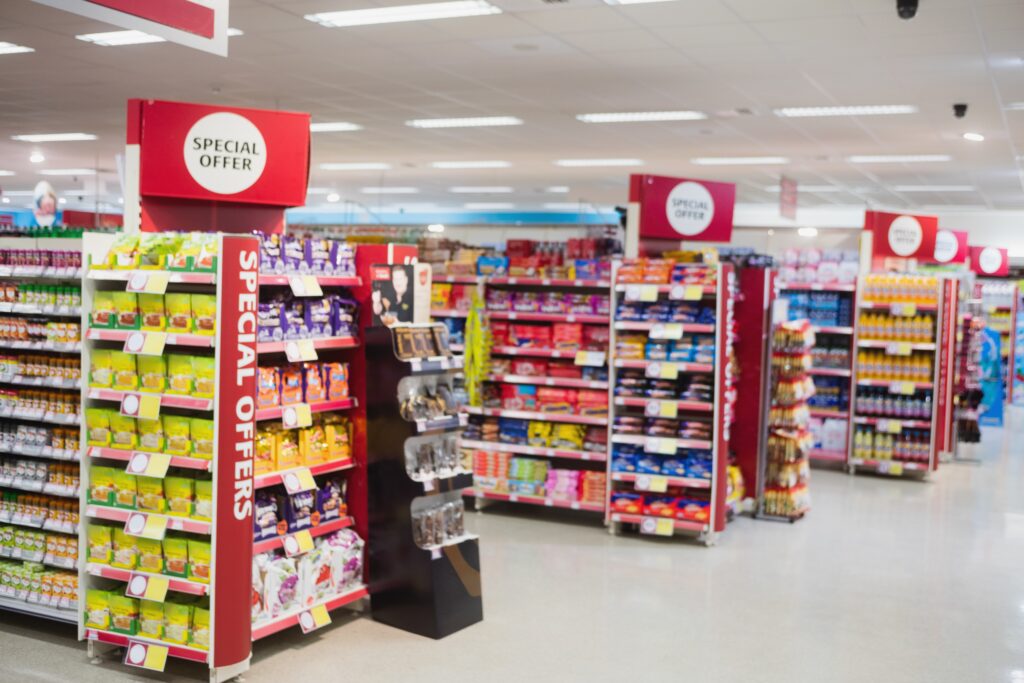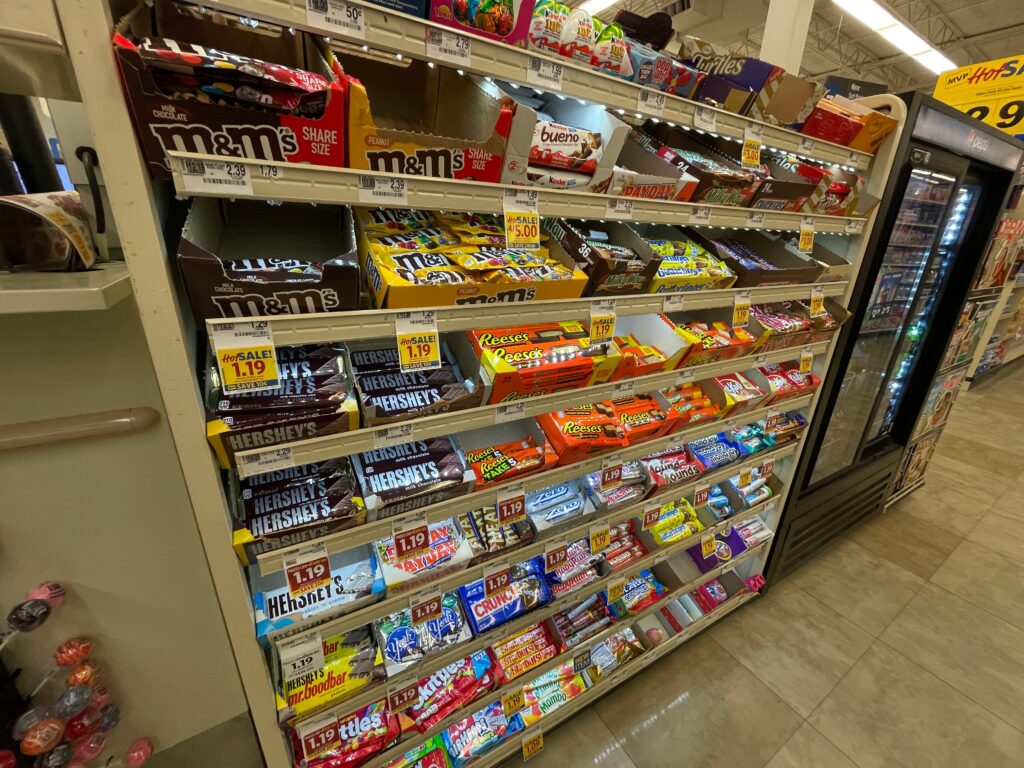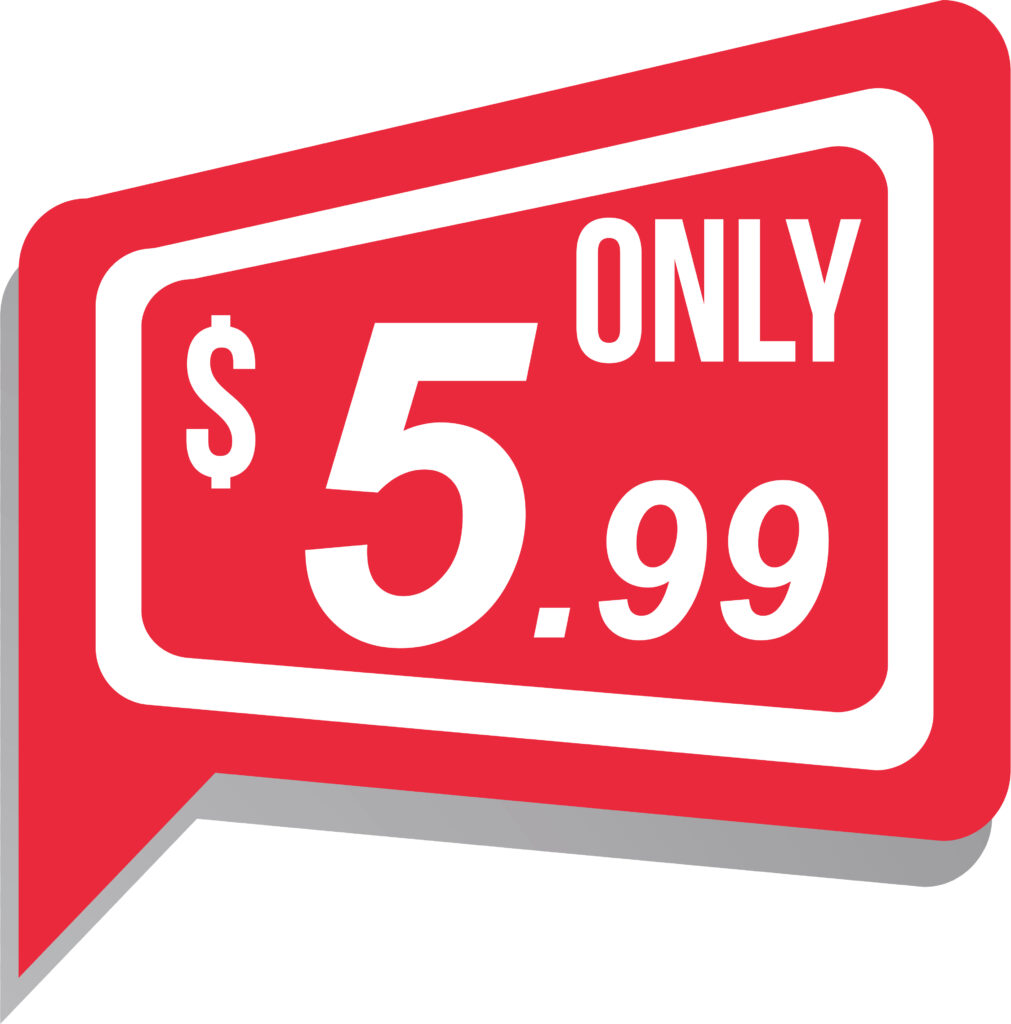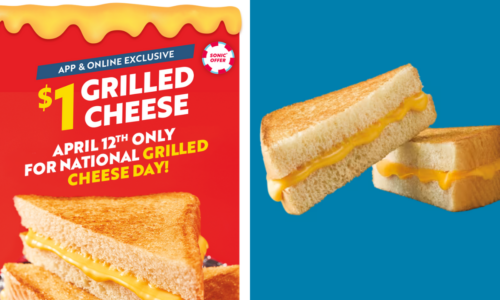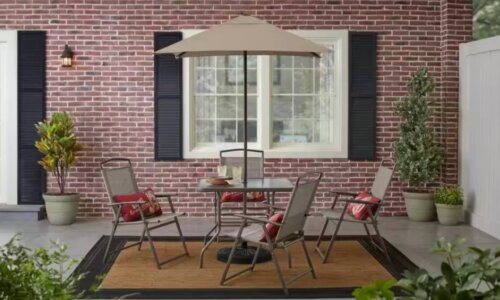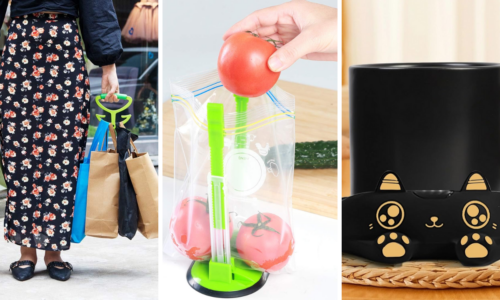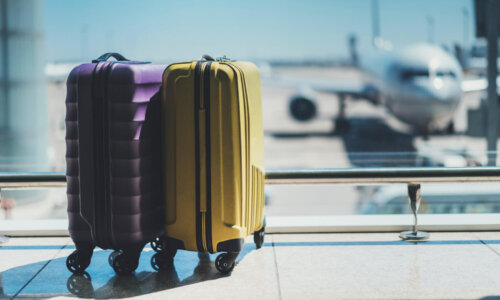If your supermarket receipt has been giving you sticker shock lately, you might blame it on inflation. That’s certainly a factor, but it’s also true that the people who run supermarkets work very hard — and utilize many clever tricks — to get you to spend more money while shopping.
If you’ve ever ducked into the supermarket for a gallon of milk and walked out with $50 worth of groceries, some of the following sneaky tactics might be to blame.
Strategic Positioning of Food
That gallon of milk you came in for is purposely positioned in the back of the store, forcing you to walk down at least one long aisle that’s full of other foods you might pick up on the way by.
“A lot of people that are coming to a grocery store are looking for milk, so that helps drive people to the far corner of the store,” Bruce Dybvad, CEO of Interbrand Design Forum told NBC’s Today.
Just getting past the entrance of the store might be difficult, since this is where the delicious-smelling bakery items and roasted rotisserie chicken are positioned. You’ll also have to pass by the enticing, colorful produce, stacked up and often misted to look extra fresh.
As you stroll down an aisle, the more expensive products are positioned at eye level. A study found that a product is most likely to draw your eye if it’s directly in front of you or one shelf below. Weirdly, the study also found that shoppers are more likely to look at the products on their right side. No doubt supermarkets are putting the priciest options there as well.
Stores target kids, too. Another study found that cereal boxes featuringcartoon characters are often positioned in children’s line of sight.
Jumbo-Sized Grocery Carts
Marketers have found that the bigger the cart, the more stuff you’ll put in it.
“We did an experiment with that, and we actually doubled the size of the shopping cart,” marketing consultant Martin Lindstrom told NBC’s Today. “And you buy 40 percent more. In Whole Foods, the shopping carts over the last two years have doubled in size almost.”
MORE: The Best Grocery Tote Bag
Free Samples
Everyone loves free samples, but there is a psychological technique at play when stores offer them to you. Of course, the primary reason is to give customers a chance to try a product. You might not want to buy the guacamole without knowing if you like it.
But the store is also counting on your need to return the favor.
“Reciprocity is a very, very strong instinct,” Dan Ariely, a behavioral economist at Duke University, told the Atlantic. “If somebody does something for you, you really feel a rather surprisingly strong obligation to do something back for them.”
Changing The Layout or Moving Merchandise Around
You may have noticed that every once in a while, your supermarket switches the layout around. You look for the peanut butter in the place where it always is and find that it’s been moved elsewhere. Having to hunt down the new location is frustrating when you want to have a quick shopping trip.
But of course, the store doesn’t want you to have a quick trip. It wants you to look around, picking up other items as you search for your peanut butter.
Cutting Some Prices While Raising Others
Supermarkets can lure you into the store by lowering the prices on certain items. But you generally buy a lot of things when grocery shopping. You might consider a certain store to be cheaper than another, but the prices overall aren’t necessarily better.
“You can’t measure the price level in a whole supermarket at the same time,” Lindstrom told NBC’s Today. “So, if the eggs are cheaper than what you normally see, the milk … is cheaper, and the toilet paper is cheaper, then you will actually think the whole supermarket is cheaper. Then [the store] can actually increase the price 10 percent on everything else, in principle. And that’s what’s happening right now.”
Sales That Seem Better Than They Are
Brightly colored, big-lettered sale signs will draw your eye, but oftentimes, the price reduction isn’t all that drastic. A big yellow tag might only mean you’re saving $0.30.
Stores are counting on you to be impressed by the “free” part of buy-one-get-one-free deals. But if this deal entices you to buy a product you wouldn’t normally buy, it’s just a way of getting you to spend more money.
Publix stores will allow you to buy just one of its BOGO items for half price — but only if you live in Tennessee, North and South Carolina, Virginia, Georgia, and northern Alabama. If your Publix is in a different geographic area, that policy might not apply.
MORE: These apps can help you save money on groceries
Coupons That Make You Spend More
Everyone loves to save money, and coupons give you that psychological boost that you paid less than you needed to. But that good feeling can lead a customer to use a coupon on an item that they could get an even better price on if they bought a different brand. There’s also an expiration date on most coupons, which brings a sense of urgency to a purchase. Even if a customer doesn’t need a product, they might say, “I better buy this now while the coupon still works.”
End-of-Aisle Sales
The supermarket shelves that face outward at the end of an aisle are called endcaps, and stores often place sale items there. Because of this, customers are lulled into thinking that anything they pick up from an endcap will be on sale. Not so! Sometimes they place pricier items there — or they mix in expensive items alongside the sale items — because they count on hurried shoppers to assume it’s all on sale.
Impulse Buys at Checkout
The Reeses Peanut Butter Cups at the checkout counter are enticing and don’t seem expensive at $1.30 for a two-pack. Of course, that’s actually a huge markup. But when you’re standing in line to check out, you’re not thinking about that.
“Impulse purchasing represents a much, much larger component of consumer behavior than people realize,” James Burroughs, who studies consumer patterns at the University of Virginia’s McIntire School of Commerce, told CNN Business. “The front of the store is prime real estate to put impulse items.”
Ending Prices in .99
Even though we know that $9.99 is basically the same as $10, it still has the psychological effect of seeming to be a better deal. Plus, historically, sale prices tend to end with a .99. Supermarkets know this, and they leverage that customer assumption to their advantage — sometimes using the technique when they raise prices.
“Whenever retailers raise a price, they’re much more likely to put it in a 99-cent ending to soften the blow,” says Wall Street Journal “Numbers” columnist Josh Zumbrun. Now that’s tricky!
